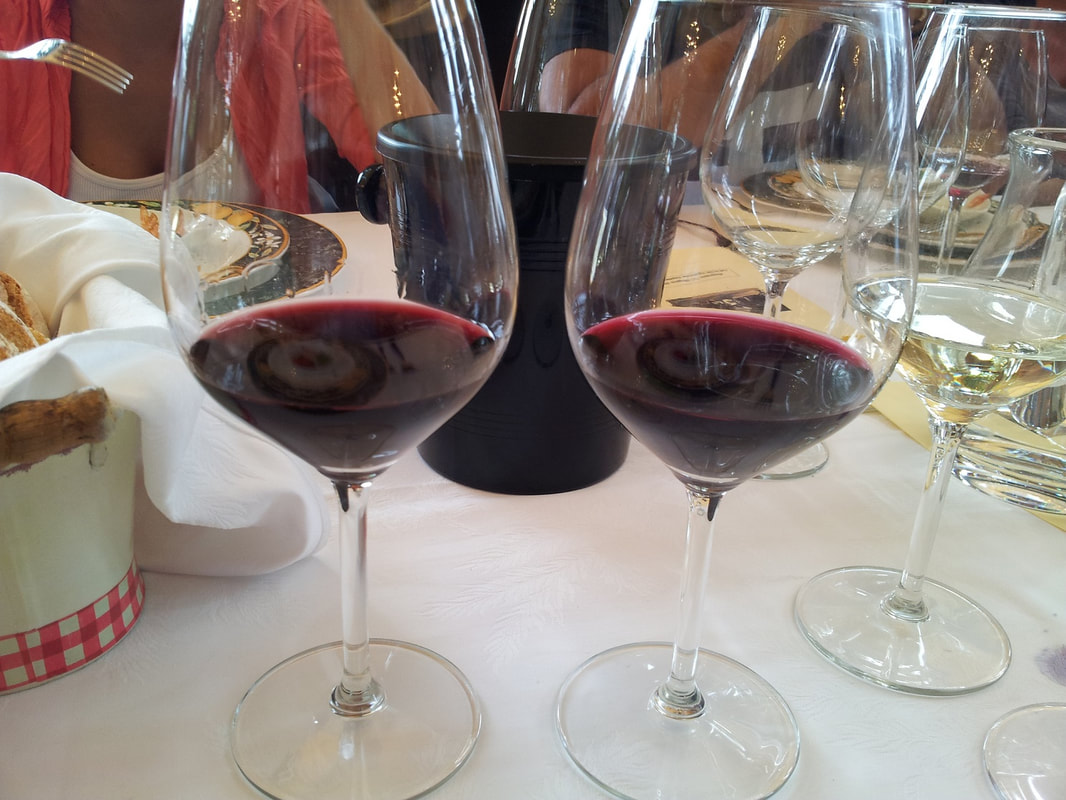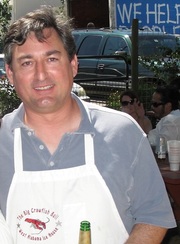Even at the upscale steakhouse, an unabashedly American restaurant concept, the wine lists, which were once dominated by big Napa Valley Cabernet Sauvignons, are finding more room for Old World wines, well beyond the long-present expense-account trophies from Bordeaux. Highly regarded Pappas Bros. Steakhouse has the lengthiest and possibly best wine list in the city and wines from Europe make up 60% of its offerings. Gary Lapuyade, who once led the wine program at another excellent home-grown steakhouse, Vic & Anthony’s. His top recommendation for steak? A Hermitage from France’s Rhône Valley. When queried the other night about her top wine preference with a steak, Adele Corrigan, who runs 13 Celsius, responded with Cornas, another Syrah from the northern Rhone.
The reason for this European predominance at top local restaurants is rather simple. “At Oxheart, we use a great deal of Old World wine because it pairs with the food better than New World wines,” Justin Vann explained a few years ago. “Old World wines,” he continued, “have lower alcohol and higher acid, which generally make them more food friendly.” Wines from the New World, which includes the United States, Chile, Argentina, Australia and New Zealand, tend to be much more fruit-oriented, sometimes aggressively so, less acidic, and often feature prominent flavors and tannins from oak aging. Most New World wines seem meant to be enjoyed first as a standalone beverage, without food. Contrastingly, most Old World wines seem to naturally complement food and some even need food to be enjoyable.
Matthew Pridgen, who manages the very personable and easily enjoyable wine lists both at Underbelly and One Fifth a few blocks away, opined, “I find Chris [Shepherd]'s food to be deeply flavored, and layered, but not heavy, and I think wines that have similar qualities make for the best pairings.” Those just happen to be mostly from the Old World.
At a wine tasting in the Collio a few years ago.

 RSS Feed
RSS Feed

